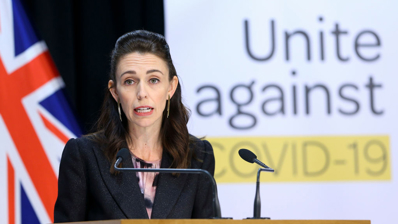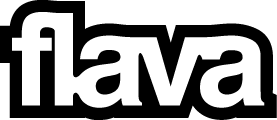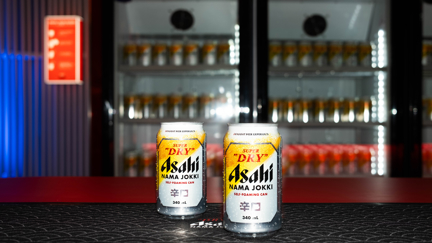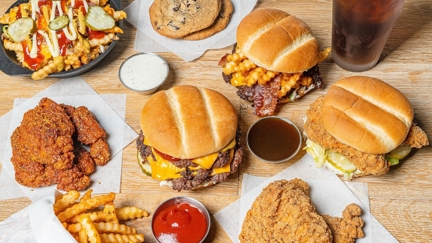COVID-19: This is what life looks like at Level 3
- Publish date
- Monday, 20 Apr 2020, 11:16AM

KEY POINTS:
• Minor extensions to bubbles
• Continue to work from home
• Partial reopening of schools
• Funerals, weddings limited to 10 people
• Find out more information visit covid19.govt.nz.
Now that New Zealand is at alert Level 3, major restrictions still remain around hospitality businesses like restaurant, bars as well as retail stores.
Food deliveries and e-commerce can re-open but face-to-face transactions are not allowed.
"The main message remains stay home to save lives," Ardern said.
"It remains the most effective way to break the chain of transmission. At level 3 there are slightly more opportunities for you to come into contact with people outside your bubble. As a general rule of thumb, the goal of keeping two metres away from each other still applies."
"To eliminate Covid-19 will continue to take a team-of-five-million effort. Under lockdown we have shown our ability to put in place a virtual wall that has broken the chain of transmission."
BUSINESSES AND WORKPLACES
Work from home if you can, is the message from Ardern to employers.
Where that is not possible, businesses may re-open but must comply with health and safety requirements around physical distancing and contactless engagement with customers.
Businesses only accessed by the staff, and without a customer-facing function, such as building and construction or forestry can open under strict health and safety and physical distancing rules.
Businesses that are accessed by the public or customers such as retail, hardware stores and restaurants can open but only for online or phone purchases and contactless delivery or click and collect.
SOCIAL DISTANCING
Keep your bubble but you can expand it "a small amount" at level 3, Ardern said.
People must stay within their immediate household bubble, but can expand this to reconnect with close family / whānau, or bring in caregivers, or support isolated people.
This extended bubble should remain exclusive.
Sticking to existing bubbles is recommended but some expansion is allowed if, for example, you have a caregiver that you need, children in shared care, a defacto partner who is caring for others, or you're a single person who wants the company of a sibling for example. Keep it exclusive and keep it small.
Funerals and weddings will be able to go ahead, but limited to 10 people. But they can only be services. No meals, food or receptions can take place.
Public venues are closed (e.g. libraries, museums, cinemas, food courts, gyms, pools, playgrounds, markets).
SCHOOLS
Early childhood centres and schools are available up to Year 10 only, and attendance is purely voluntary.
For children who are able, distance learning is still the best option.
Tertiary education will mostly be through distance learning.
New Zealand's biggest university will run all courses remotely until Semester 2 starts in July - regardless of the Covid-19 alert level - fearing moving in and out of different alert levels will be too disruptive.
RECREATION
You can do activities that are local, which you can do safely, and which do not involve interacting with other people, or equipment touched by other people.
You should go to your nearest beach or park, not your favourite one.
Boating and jet skis are still banned because they can be prone to breakdown.
But you can swim, surf and fish from the shore.
But don't start a new activity that you haven't done before.
If there are signs of congregation, this rule will be reconsidered so Kiwis shouldn't consider it a time to catch-up with all their swimming buddies, Ardern said.
Staying overnight at a bach or holiday home is not permitted.
HEALTHCARE
Healthcare services should use virtual, non-contact consultations where possible.
People at high risk of severe illness (older people and those with existing medical conditions) are encouraged to stay at home where possible, and take additional precautions when leaving home. They may choose to work.
Primary care will continue to be open, Allied Health and dentists will open.
TRAVEL
Travel restrictions remain but move from local to regional.
This recognises that more people will travel to work, or to take children to school. But to avoid taking potential COVID-19 cases to other parts of the country, restricting movement to what is necessary remains the goal.
Inter-regional travel is highly limited (for example for essential workers, with limited exemptions for others).
If you were in the wrong place when the restrictions came into place, and need to get home, you can now move throughout New Zealand to do so. You can only move once, and in one direction. New Zealanders can move to or from the Cook Islands, Niue, and Tokelau once, and in one direction.
What Level 2 will look like
Ardern said level 3 was a waiting room or a recovery room, designed to restrict the spread of the virus.
Level 2 means that Covid-19 is contained, but the risk of community transmission remains.
Level 2 would see different restrictions including:
- Physical distancing of one metre outside home (including on public transport).
- Gatherings of up to 100 people indoors and 500 outdoors allowed while maintaining physical distancing and contact tracing requirements.
- Sport and recreation activities are allowed if conditions on gatherings are met, physical distancing is followed and travel is local.
- Public venues can open but must comply with conditions on gatherings, and undertake public health measures.
- Health services operate as normally as possible.
- Most businesses open, and business premises can be open for staff and customers with appropriate measures in place. Alternative ways of working encouraged (e.g. remote working, shift-based working, physical distancing, staggering meal breaks, flexible leave).
- Schools and Early Childhood Education centres open, with distance learning available for those unable to attend school (e.g. self-isolating).
- People advised to avoid non-essential inter-regional travel.
- People at high risk of severe illness (older people and those with existing medical conditions) are encouraged to stay at home where possible, and take additional precautions when leaving home. They may choose to work.
What Level 1 will look like
Alert level 1 is when Covid-19 is contained and New Zealand is prepared for an outbreak.
Restrictions under alert level 1 include:
- Border entry measures to minimise risk of importing COVID-19 cases.
- Intensive testing for COVID-19.
- Rapid contact tracing of any positive case.
- Self-isolation and quarantine required.
- Schools and workplaces open, and must operate safely.
- Physical distancing encouraged.
- No restrictions on gatherings.
- Stay home if you're sick, report flu-like symptoms.
- Wash and dry hands, cough into elbow, don't touch your face.
- No restrictions on domestic transport – avoid public transport or travel if sick.
This article was first published on nzherald.co.nz and is republished here with permission.
Take your Radio, Podcasts and Music with you




